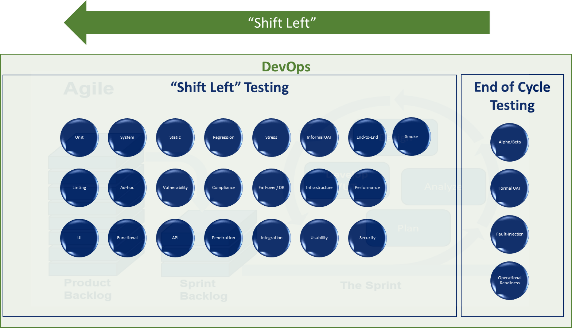By: Mark Lewis, SVP Sales and Marketing
When Henry Ford introduced assembly lines, it was a significant disruption to how processes were done before. Though, with time, it brought speed and costs-saving while making the process of car assembly fast and straightforward.
Similarly, a software-development company gains agility and significant time saved when it implements a promising DevOps pipeline.
And here, a set of practices start taking a precise shape and flow. They primarily relate to the development (Dev) and operations (Ops) teams in building, testing, and deploying software – but much faster and simpler. It keeps the entire development process organized, lean, agile and focused. This brings in multi-fold advantages of rapid delivery, less chaos, fewer defects and errors, faster troubleshooting, and a user-oriented delivery process.
How to Implement a Sound DevOps Process?
Begin your DevOps journey by setting up a source control environment, set up a build server, run automated tests, and then deploy to production with the careful addition of Continuous Integration and Continuous Monitoring tools at the right places.
You can consider an array of tools and options to do this:
- Harness
- Jenkins
- GitHub
- BitBucket
- GitLab
- Quay
- Artifactory
- Nexus
- DockerHub
Components of a DevOps Pipeline
Test, build, and deploy from the core components of this pipeline. They are deepened and bolstered by several other models and tools. Continuous Integration (CI) is a method of integrating small chunks of code from multiple developers into a shared code repository and as often as possible. With a CI strategy, you can automatically test the code for errors without waiting on other team members to contribute their code. Continuous Delivery (CD) is an extension of CI. It involves speeding up the release process by encouraging developers to release code to production in incremental chunks.
Having passed the CI stage, the code-build moves to a holding area. At this point in the pipeline, it’s up to you to decide whether to push the build to production or hold it for further evaluation. While Continuous Delivery enables development teams to deploy software, features, and code updates manually, Continuous Deployment is all about automating the entire release cycle.
At the Continuous Deployment stage, code updates are released automatically to the end-user without any manual interventions. However, implementing an automated release strategy can be dangerous. If it fails to mitigate all errors detected along the way, bad code will get deployed to production. In the worst-case scenario, this may cause the application to break or users to experience downtime.
Continuous Testing is the practice of running tests as often as possible at every stage of the development process to detect issues before reaching the production environment. Implementing a Continuous Testing strategy allows quick evaluation of the business risks of specific release candidates in the delivery pipeline. Having a comprehensive Continuous Operations strategy helps to maintain the maximum availability of apps and environments. The goal is to be well-aligned, constantly releasing code updates, bug fixes, and patches. A Continuous Operations strategy can help prevent downtime and availability issues during code release.
Considerations and Challenges
It is no easy feat to construct a smooth DevOps pipeline. Numerous roadblocks can emerge and at unexpected places. For example, there can be issues around environment provisioning, manual testing, problems in testing data, and struggles of manual deployments. There can also be problems around governance, tools architecture, regulatory compliance, traceability, transparency, and lack of production-like environments.
Solutions and Tips
The way to combat these barriers is to be fully equipped or better yet, be able to proactively address these issues. Have a hands-on and clear plan for the pipeline. Inject automation wherever you feel it would be indispensable. Eliminate waste and downtime. Try to bring in automated testing and deployments. Finally, have a standards-based, value-centric DNA that serves as the template for any doubt or conflict.
If you find the right technology and expertise to help you in this process, you will soon be reaping a Model T of your own. Disruptive but simple.



